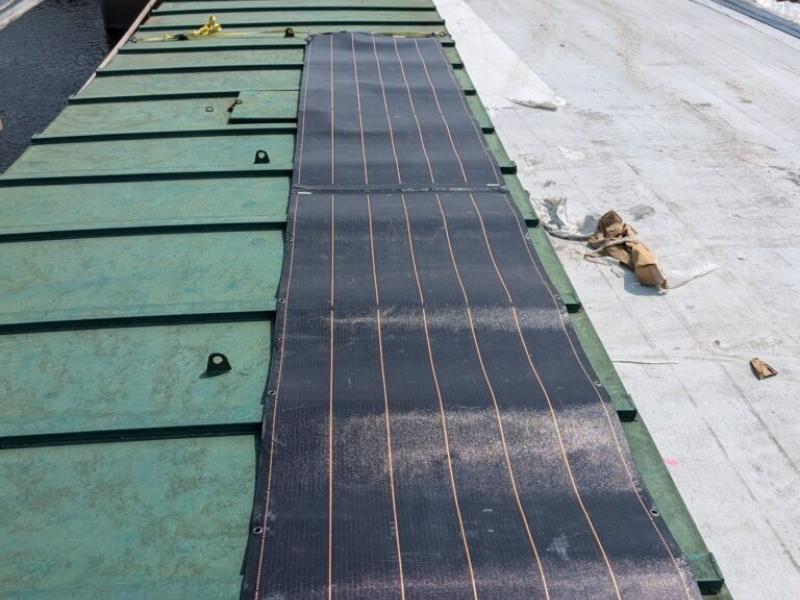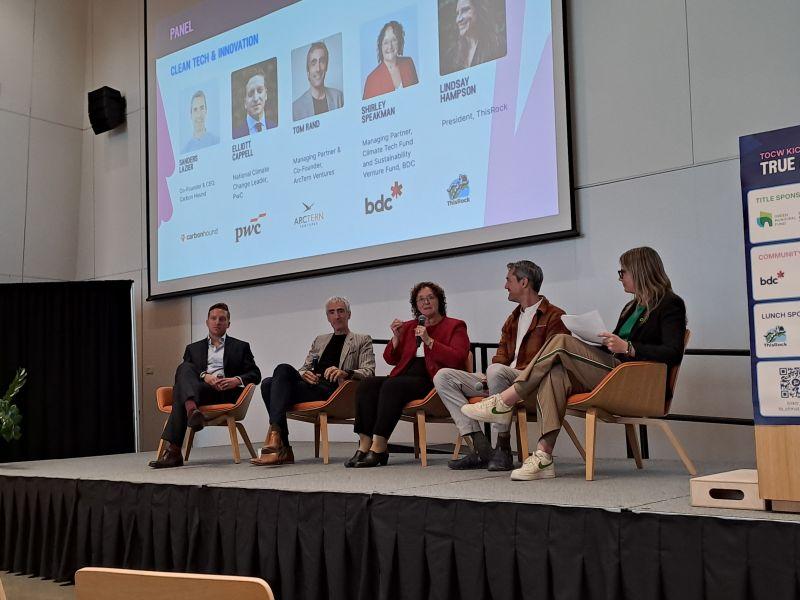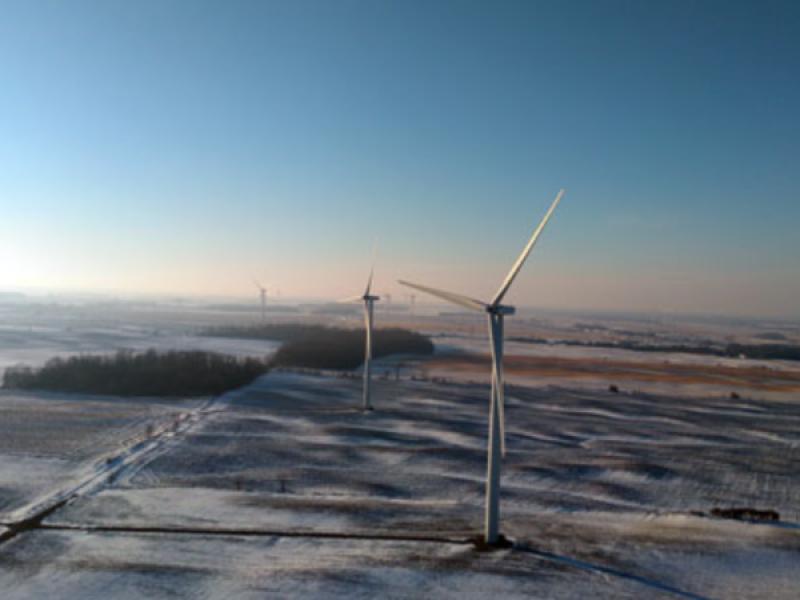
With at least 2,572 zero-energy housing units, Ontario ranks seventh in a top-20 list of Canadian provinces and U.S. states according to the Energy and Environmental Building Alliance’s (EEBA) annual report.
The accompanying ranking by cities in the report places London, Ont. at No. 6 and Vancouver No. 11, with 2,001 and 752 zero-energy units, respectively.
EEBA CEO Aaron Smith, during a webinar to discuss the report, defined zero-energy homes as dwellings which create as much energy as the residents use in a year.
Overall, the report shows 190 per cent growth in total projects from 2020, most of which can be attributed to the 440 per cent growth in zero-energy, single-family houses.
“The majority of the single-family that we saw was actually in the Ontario province, but we know there's many more across Canada,” Smith said. “But the growth rate in the Canadian market: 47 per cent growth of single-family housing units reported for the 2022 report.”
“Huge growth across units, huge growth across projects, across homes and apartment buildings . . . An incredible growth on those reporting.”
The report encompasses 3,096 projects in the U.S. and Canada broken down into 39,395 homes and apartment buildings, comprising a total of 67,107 dwelling units."
EEBA is a non-profit established in 1982 in Plymouth, Minn., with membership in the U.S. and Canada. It is aimed at providing education for builders and construction companies to promote zero-energy and zero-carbon homes. In 2021, the separate non-profit Team Zero integrated its services into EEBA, which assumed responsibility for the annual report.
The report has been compiled since 2015. The 2022 edition is the first time builders have been able to self-report, which the organization said has led to twice as many projects included.
EEBA and Canada
The growth in zero-energy single-family homes has been concentrated in the U.S., where it now comprises 60 per cent of all projects reported. In Canada, that figure is only 17 per cent.
That translates to 655 single-family units and 3,197 multifamily units across Canada.
“I think (what’s) really exciting is we're seeing a bigger shift from past reports where it was more multifamily housing that was going net zero, or net-zero ready, to more of single-family homes going net zero,” Smith said.
The report lists the most prolific architects in North America based on the number of projects that are zero-energy ready or above. The Canadian entries start with Vancouver-based Marken Design + Consulting in fifth place, with seven projects and 11 units under its belt.
Also in Vancouver is dlp Architecture Inc. at No. 12, which lists four projects and seven units.
Handel Architects LLP is based in New York City, but one of its two projects was designing the under-construction residences for the University of Toronto in Scarborough. The 750-bed residence has been designed to Passive House standards, reducing energy usage by 70 to 80 per cent. It will be complete in fall 2023.
EEBA’s report also features a list of North American builders and developers – of which London, Ont.-based Sifton Properties Ltd. placed fifth. It is responsible for all of the city’s 2,001 zero-energy housing units in the report.
Doug Tarry Homes, a construction company from St. Thomas, Ont. and an EEBA board member, is also on the list with 283 units.
The final ranking in the report covers which zero-energy rating systems are represented. Passive House Canada led by a wide margin with 953, followed by the U.S. Department of Energy’s Zero Ready Home program at 322 and the Canadian Home Builder’s Association’s (CHBA) Net-Zero with 294.
“CHBA Net-Zero, we have a nice partnership with that program . . .” Smith said. “I think most of those reporting were by Doug Tarry Homes in Canada.”
There were 1,720 total certifications reported.
A North American view of zero-energy ready
In 2015, 85 per cent of reported units were zero-energy ready or capable, and only nine per cent were considered zero-energy. In 2022, 51 per cent are zero-energy and 16 per cent are net-positive, up from nine per cent reported in 2015.
Thirty-three per cent are net-zero energy ready or capable.
The top-10 states and provinces all improved in the number of units reported last year, while California doubled its total.
Geothermal was the most reported technology used to reach zero-energy or net-positive goals, at 853 homes. Electric vehicle car chargers followed at 400, battery storage at 379, photovoltaic panels at 303 and heat pump dryers at 252.
“It's a small subset of the data, but I think it's directional for the type of technologies that we're seeing deployed across these net-zero projects,” Smith said.
The 2022 edition also reported a 44 per cent increase in completed zero-energy projects and an 83 per cent increase in projects under construction.










